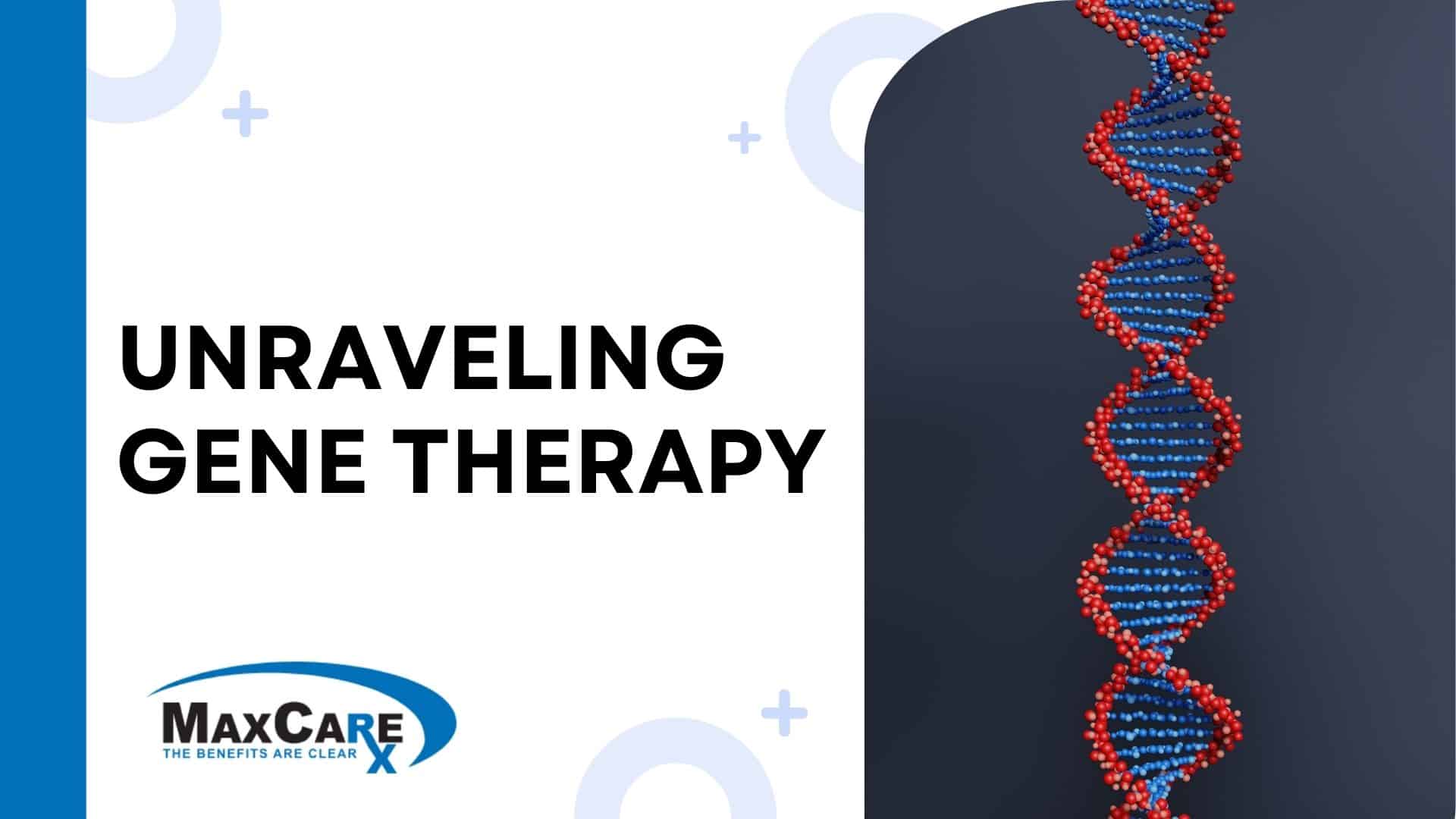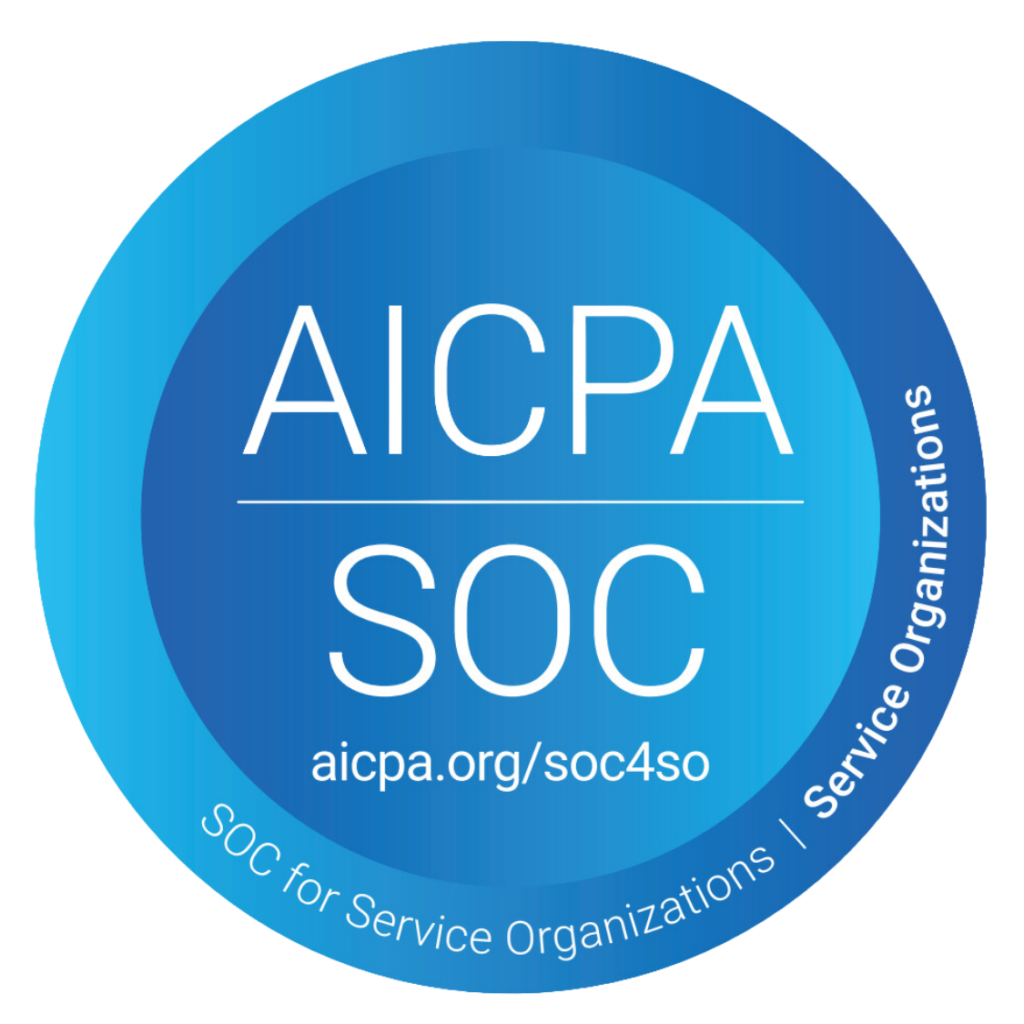Understanding Gene Therapy
Gene therapy is a revolutionary medical intervention designed to treat, cure, or prevent diseases by modifying a gene related to the illness. This approach can involve inserting, altering, or removing genes within an individual’s cells to correct genetic disorders. By directly targeting the genetic foundation of diseases, gene therapy holds promise for profound and lasting impacts on patient health.
Historical Perspective on Gene Therapy
Gene therapy is not an overnight marvel. The concept has its roots in the early 1970s, with the first clinical trials starting in the 1990s. Despite facing numerous technical and ethical challenges over the decades, the field has witnessed remarkable progress, leading to its current status as a cornerstone of cutting-edge medicine. The advancements over the past few years have been particularly notable, with more gene-related therapies being approved now than at any other point in history.
The Role of Gene Mutations in Genetic Conditions and Therapeutic Interventions
In many genetic conditions, a mutated gene is at the core. A mutated gene is simply a gene that has undergone a change or error in its DNA sequence. This can disrupt the normal function of the gene, leading to various health issues. Gene therapy aims to correct these mutations, thereby alleviating the symptoms or curing the disease altogether.
Types of Gene Mutations
Gene mutations can be categorized into several types, each with differing impacts on gene function:
- Point Mutations: These involve a change in a single base pair in the DNA sequence. Depending on the exact change, point mutations can drastically alter the function of the resulting protein.
- Insertions and Deletions: These mutations involve the addition or loss of one or more base pairs in the DNA sequence. They can lead to frame-shift mutations, which alter the reading frame of the gene and typically result in nonfunctional proteins.
- Copy Number Variations: These are instances where sections of the genome are repeated, leading to multiple copies of a particular gene. This can result in overexpression of the gene and potentially lead to health issues.
Gene therapy aims to correct these mutations by introducing functional genes into the patient’s genome, thereby restoring normal function and alleviating symptoms associated with the disease.
Diseases Treated by Gene Therapy
Here are some diseases that are currently using modern gene therapies as treatment or are being researched:
Cancer
Gene therapies for cancer are designed to either directly target and destroy cancer cells or to boost the immune system’s ability to fight off the cancer. Here are some approaches:
- Oncolytic Virus Therapy: Uses genetically modified viruses that selectively infect and kill cancer cells.
- CAR-T Cell Therapy: Involves modifying a patient’s T cells to better recognize and attack cancer cells.
- Tumor Suppressor Gene Therapy: Introduces functional copies of genes that suppress tumor formation, compensating for the non-functional versions found in cancer cells.
Hemophilia
Hemophilia is a genetic disorder where blood does not clot properly, leading to excessive bleeding. Gene therapy offers promising solutions:
- Inserting Functional Genes: This approach involves delivering a functional copy of the defective gene (often Factor VIII or Factor IX) into the patients’ liver cells. This enables the cells to produce the necessary clotting proteins that are missing or defective in individuals with hemophilia.
- Long-term Effects: Early trials have shown that a single treatment can reduce the bleeding episodes for many months or even years, significantly improving the quality of life for patients.
Sickle Cell Disease
Sickle Cell Disease (SCD) is caused by a mutation in the gene that instructs red blood cells to produce hemoglobin, causing them to assume a sickle shape and impairing their function.
- Hematopoietic Stem Cell Modifications: Gene therapy for SCD typically focuses on modifying or replacing the hematopoietic stem cells in the bone marrow. These modifications enable the production of healthy red blood cells.
- Genome Editing Technologies: Techniques like CRISPR/Cas9 have been explored to directly correct the mutation in the patient’s DNA.
- Gene Addition Techniques: Introducing genes that produce fetal hemoglobin, which can compensate for defective adult hemoglobin, thus alleviating symptoms.
Cystic Fibrosis
Cystic Fibrosis (CF) is a genetic disorder caused by mutations in the CFTR gene, leading to the production of faulty or non-functional protein that affects the lungs, pancreas, and other organs.
- Gene Replacement Therapy: This method involves inserting healthy copies of the CFTR gene into the patients’ cells. By introducing functional CFTR genes, normal protein production is restored, improving organ function.
- Vector Delivery Systems: Utilizing viral and non-viral vectors to deliver the therapeutic genes directly to the lung cells is a common approach. This helps correct the defective gene functions in the respiratory system, mitigating the severe symptoms of CF.
Broader Implications
Gene therapy is a rapidly advancing field with ongoing research expanding its potential applications. Each of these therapies not only holds promise for the diseases mentioned but also paves the way for treating numerous other genetic disorders, both rare and common. The ability to correct the underlying genetic defects in a targeted and often lasting manner represents a paradigm shift in medical treatment, providing hope to millions who suffer from genetic diseases.
Genetic Diseases: Inherited vs. Genetically Related, Non-Hereditary Conditions
When discussing genetic disorders, it’s crucial to clarify the distinction between inherited diseases and genetically related, non-hereditary conditions.
Inherited Genetic Diseases
Inherited genetic diseases are directly passed from parents to offspring through their DNA. These conditions are present from birth and are due to mutations in the germline cells (sperm or egg) of the parents. Examples include:
- Cystic Fibrosis: Caused by mutations in the CFTR gene, it leads to the production of thick and sticky mucus that can clog the lungs and obstruct the pancreas.
- Hemophilia: Resulting from mutations in the genes responsible for blood clotting proteins, individuals with hemophilia experience excessive bleeding and difficulty clotting after injuries.
Since these conditions are inherited, they follow specific patterns of inheritance, such as autosomal recessive, autosomal dominant, or X-linked inheritance.
Genetically Related, Non-Hereditary Conditions
Not all genetic disorders are inherited. Genetically related, non-hereditary conditions encompass those genetic changes that occur during an individual’s lifetime. These changes can be influenced by environmental factors, lifestyle choices, or can happen spontaneously without any apparent cause.
- Cancers: While some cancers have hereditary components, many result from genetic changes that accumulate over time due to factors such as exposure to carcinogens, UV radiation, or random replication errors during cell division.
The Cost of Gene Therapy
Gene therapies are remarkable, offering the potential to treat and even cure conditions once thought untreatable. However, these innovative treatments come with a high financial cost. Ranging from hundreds of thousands to several million dollars per patient, the expense of gene therapy presents a significant challenge for healthcare budgets, particularly for self-funded employers and third-party administrators (TPAs).
Financial Implications
- Cost Range: The price tag for gene therapy varies widely. Price points can start at a few hundred thousand dollars and escalate to several million per patient, depending on the complexity and rarity of the treatment. These figures are influenced by various factors such as research and development costs, manufacturing complexities, limited patient populations, and the need for personalized medicine.
- Impact on Budgets: The financial burden posed by gene therapies is magnified within self-funded healthcare plans. In such models, employers assume the direct risk of their employees’ healthcare costs. Consequently, the introduction of high-cost treatments like gene therapy can heavily strain budgets. Imagine a scenario where a single employee or their dependent requires a therapy costing upwards of $2 million: the cost to the employer can be staggering, potentially affecting the overall financial health of the organization.
Recent Popularity and Its Impact
The landscape of healthcare is undergoing a significant transformation due to the rising prominence of gene therapy. This surge in popularity is driven by several key factors:
- FDA Approvals: In recent years, there has been an increase in FDA approvals for gene-related treatments, particularly for rare and previously untreatable conditions. These approvals are a testament to the advancements in medical research and the growing acceptance of gene therapy as a viable treatment option.
- Precision Medicine: Gene therapy epitomizes precision medicine by targeting the root genetic causes of maladies rather than merely addressing symptoms. This approach promises more effective and lasting treatments, often with fewer side effects, thus providing better patient outcomes.
The critical pivot towards precision medicine and the subsequent boom in gene therapy have garnered significant attention and investment. Pharmaceutical companies and biotech firms are heavily investing in gene therapy research, seeking to develop new treatments and bring them to market. This influx of resources is accelerating the pace of innovation, leading to more treatment options for patients.
Financial Impact on Healthcare Plans
While the therapeutic benefits of gene therapy are often life-changing, their financial implications for healthcare plans cannot be overstated. Here are some points to consider:
- High-Cost Cases: The use of gene therapy by a single patient within a self-funded plan can lead to a dramatic increase in overall healthcare costs for the employer. Unlike traditional medications that might be spread across many beneficiaries, gene therapy costs are typically concentrated in fewer cases but with far greater per-case expense.
- Plan Management Challenges: Managing these high costs can be particularly challenging for entities responsible for healthcare budgets. TPAs and PBM consultants must navigate the balancing act of providing access to revolutionary treatments while ensuring the sustainability of healthcare plans.
- Long-Term Considerations: Although gene therapies can be costly up front, they often have the potential to reduce long-term healthcare costs by curing or significantly managing chronic conditions that would otherwise require ongoing and expensive care. Thus, a long-term perspective is crucial when evaluating the implementation of gene therapy within healthcare plans.
MaxCare’s Role in Monitoring and Cost Management
At MaxCare, our dedication is towards ensuring that healthcare plans provide the best possible treatments without incurring unnecessary costs. Our clinical team is continuously monitoring new-to-market medications and high-cost therapies, including gene therapies. We focus on strategic oversight to ensure that:
- Accurate Assessments: We provide precise assessments of which treatments offer genuine benefit relative to their cost.
- Optimized Costs: Through diligent cost-management strategies, we strive to keep healthcare affordable while facilitating access to groundbreaking treatments.
- Expert Support: Our team of experts is always ready to assist plan sponsors in understanding and navigating these complex treatment landscapes.
By emphasizing a pass-through model, we advocate for transparency and fairness, ensuring that our clients receive optimal value.
Conclusion
Gene therapy stands at the frontier of medical science, offering unprecedented opportunities to treat and cure conditions previously thought incurable. However, the significant financial implications of these therapies necessitate careful management and strategic oversight. MaxCare is at the forefront of this evolution, ensuring that our plans are integrated with the best, cost-effective treatments available.
Gene therapy promises a brighter future for many, and with our unwavering commitment to value and efficiency, we ensure this future is accessible to all our clients.



